Finding Water in the Wilderness
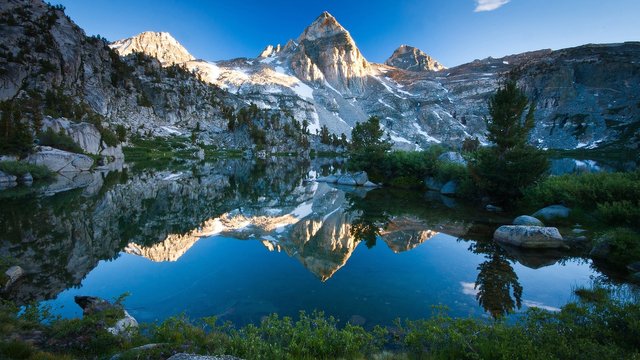
Are you an avid hiker…mountain climber…outdoor enthusiast…? Have you ever wanted to integrate more outdoor activities into your lifestyle…? Are you fully prepared to take on the challenges that are inherent to the strenuous environment we call “wilderness?” Have you ever watched a “reality” survival show and thought to yourself; “I’d like to give that a try…”
We ask these questions today to determine not only your level of enthusiasm for the great outdoors, but also to discover how many people actually think they are prepared for going off grid, for any length of time. While outdoor activities are often invigorating, soul enhancing, personal experiences with nature, they can also be extremely deadly.

Mother Nature is a cruel teacher, and people are merely pupils of her lessons. Each and every time we venture outside the confines of our homes, we place ourselves at greater risk. When we venture into the wilderness unprepared, those risks increase exponentially with each and every step we take. In order to “get in touch with nature,” and enjoy ourselves in the great outdoors, it is imperative that we first obtain the skill sets that will allow us to return home safely at the end of the journey.
One of the biggest necessities to life on this planet is water. It is absolutely essential to human existence; we cannot survive more than 3 days without it. Dehydration is a very serious threat for anybody who finds themselves unfortunate enough to be lost/stranded in the wilderness. With each and every breath we take, our bodies are exhaling moisture in the process of dehydration. Since we cannot live without oxygen for more than 3 minutes, on average, we must continuously replenish our bodies with that magic elixir called water.
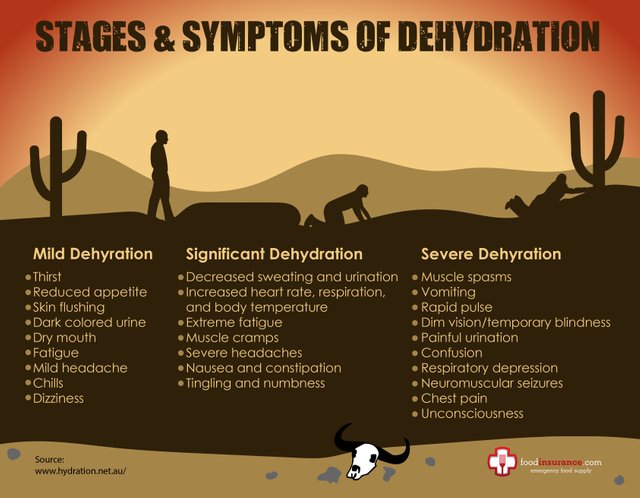
Thankfully, we are here today to share with you a few insightful methods of finding water if/when lost in the wilderness. The great outdoors is home to every other animal but man. Each of these animals has a requirement for water; it is essential to their lives too. If you stumble across game trails while out in the backwoods, then all those leading downhill are headed towards a possible water location; all trails leading uphill are normally headed towards the den/home of the animal using the trail. Follow game trails downhill until arriving at the lowest spot. If water is not readily visible, look for signs of underground aquifers; hidden tables where water is collected.
Fresh, healthy, green vegetation growing amongst a bunch of dry, dead, or dusty plants and soil, are an indicator of an underground aquifer. The healthy plants are in close proximity to an underground source of water. With a little luck, some elbow grease and a bit of digging, you might be lucky enough to access that water source. Bear in mind that this does not necessarily mean the water is safe to drink; as with all water from unknown water resources, filter and purify it prior to consumption.
Solar stills and transpiration bags are also a method of “finding” water; it is actually more akin to manufacturing water, but water is water, and that is the point of this article. A solar still can be made with a bit of grunt work and a few odds and ends that every prepper should have in their bug out bag(s); plastic sheeting (clear poncho), a catch container, a shovel, a few rocks and some vegetation. Dig a shallow hole in the ground, line it with fresh green vegetation, place the catch container in the middle, cover it with the sheet of plastic, weight it down with rocks for anchors, and wait for the moisture to collect. Take a look at the image below.
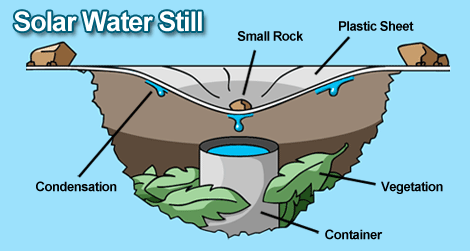
Transpiration bags are similar to solar stills but require much less work to accomplish. All one has to do is find a nice branch full of healthy green vegetation and wrap them in a plastic bag, right where they are, still attached to the main plant stem/stalk/branch. Once the vegetation is wrapped in plastic, the plastic must be sealed tightly. As with the Solar Still, once you have arranged this properly, you simply sit back and wait for the moisture to collect. The image below demonstrates a transpiration bag.
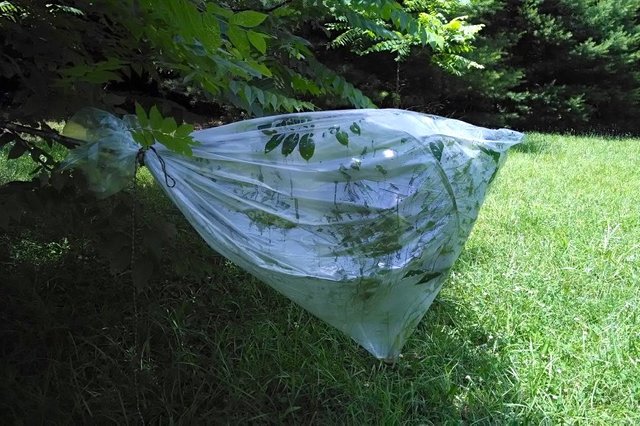
Cloth dew collection is another method of extracting moisture from the natural elements that are all around you in the great outdoors. To utilize this method, simply wrap your legs in cotton cloth and walk through knee high grass in the early morning. When the cloth(s) become saturated, remove them from the legs, and wring the moisture out into a catch container. You can repeat this process as often as needed, or until the dew burns off the grass. Depending on the time of year, you may be able to do this each and every morning for several months.
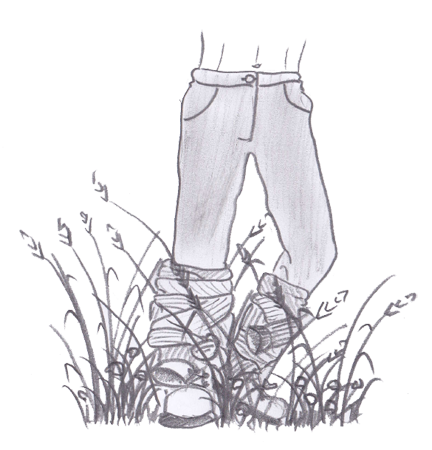
Please let us know how we are doing by UpVoting, leaving your comments below and Follow Us @survivalist.com.
I have harvested a lot of dew in my lifetime, intentional and not, lol. It works pretty well. Conifers collect a lot of dew and can be a great source of water, especially in areas where the grass is not so long.
Dry camps can be difficult, but dew is nice because you are already stopped somewhere for the night, and there's your water in the morning!